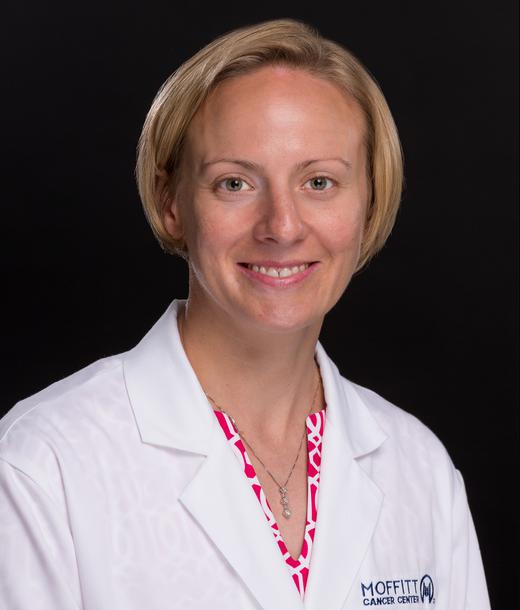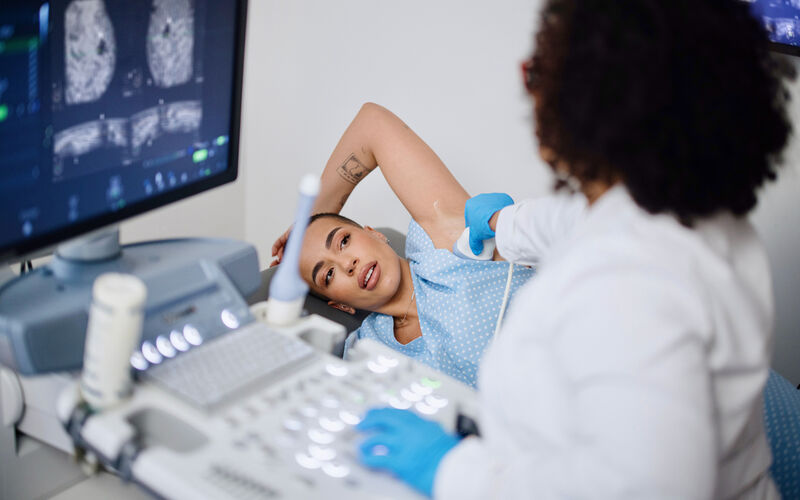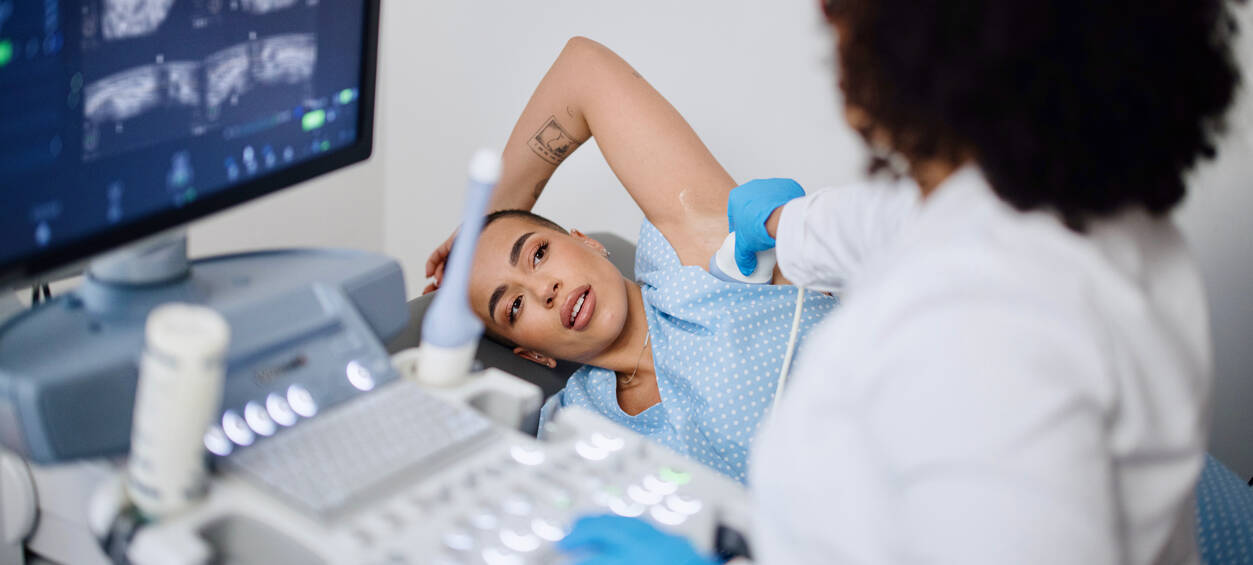Seeing Beyond Stage Zero: How Moffitt’s Research Could Transform DCIS Care
When a woman hears the words “you have breast cancer,” her world changes in an instant. For many, that diagnosis comes in the form of ductal carcinoma in situ (DCIS), sometimes called stage zero breast cancer.
“DCIS is considered the earliest stage of breast cancer,” said Bethany Niell, MD, PhD, section chief of Breast Imaging at Moffitt Cancer Center. “It starts in the milk ducts and hasn’t spread into the surrounding breast tissue. Some cases remain noninvasive, but others are associated with invasive breast cancer.”
DCIS and Uncertainty
Every year, about 60,000 people in the United States are diagnosed with DCIS. That’s roughly 1 in every 4 breast cancers. The challenge? At the time of biopsy, doctors can’t always tell which cases will remain confined to the ducts and which will progress. About 20% of patients initially diagnosed with DCIS later learn that invasive cancer was hiding in the tissue all along.
-
1 in every 4
Breast cancers diagnosed are ductal carcinoma in situ
-
20%
of patients diagnosed with ductal carcinoma in situ later learn that invasive cancer was hiding in the tissue
That uncertainty has major implications.
“Right now, most patients with DCIS undergo surgery, radiation and sometimes oral medication,” Niell said. “But we know not everyone needs the same level of treatment. Some women might benefit from a less aggressive approach, while others may need more intensive therapy. The difficult part is figuring out who falls into which group.”
Power of AI
This is where innovation steps in. Moffitt was awarded a prestigious National Institutes of Health grant to explore how radiomics and pathomics, advanced ways of analyzing imaging and pathology data, might help doctors predict staging more accurately.
Niell, who serves as principal investigator alongside a multidisciplinary team, is using artificial intelligence to dig deeper into both MRI scans and biopsy slides.

“We’re looking for features we can’t see with the naked eye,” she said. “The goal is to identify which DCIS lesions already have invasive components, even if the biopsy sample didn’t capture them. That could allow us to tailor treatment before a patient ever goes into the operating room.”
The research brings together experts in radiology, pathology, machine learning, surgical oncology and data science, not only from Moffitt but also from institutions like the University of Pennsylvania and Stony Brook. Their collaboration reflects the complexity of the problem and the hope for a solution that could personalize care for thousands of patients each year.
Right Treatment for Each Cancer
For Niell, the work is as personal as it is scientific.
“Being diagnosed with breast cancer is a life-altering experience,” she said. “My goal is to help patients get the right treatment for their cancer. If we can safely spare some women from unnecessary surgery and radiation, we should. And if others need more aggressive treatment to save their lives, we want to identify those patients, too.”
As breast cancer awareness month reminds us of the importance of screening and research, Moffitt’s National Institutes of Health-funded project offers a glimpse of a future where stage zero doesn’t mean uncertainty, it means clarity, precision and care that fits each patient’s needs.




